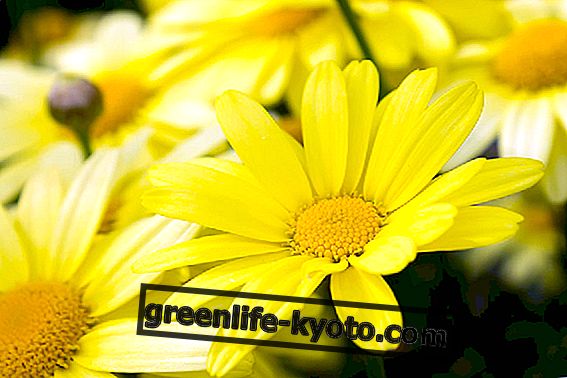Curated by Maria Rita Insolera, Naturopath
Linaloe essential oil, with a sedative, antiseptic, relaxing and antibacterial action, is useful in case of asthma, anxiety, cold and dermatitis. Let's find out better.
Palosanto tree, from which the essential oil of linaloe is obtained

Properties of linaloe essential oil
Linaloe essential oil has the following properties: sedative, anticonvulsant, anti-inflammatory, antiseptic, relaxing, antifungal and antibacterial.
With linaloe, in reality, we mean the name of various plants of the Burseracee family. Linaloe essential oil is an almost colorless liquid with a pleasant smell, soluble in alcohol, consisting of linalool (60-70%), α-terpineol, geraniol. Mainly find the following information:
- Against asthma attacks and in case of allergy.
- To relieve coughs and colds.
- To appease anxiety.
- Against headaches .
- For psycho-physical relaxation.
- In case of nervous tension and stress.
- Facilitates the healing of cuts and superficial wounds.
- It is useful for treating dermatitis .
Description of the plant
Palosanto ( Bursera graveolens ) is a tropical tree of the Bursareacee family. It is a large bushy shrub with smooth bark, white flowers and fleshy red berries.
It grows spontaneously in Central and South America and is cultivated in some countries, such as Ecuador and Peru. Its name means holy wood and derives from a particularity linked to its flowering, which occurs on Christmas day.
The cultivation of the Palo Santo tree for production, incense and essential oil is carried out with respect for the environment and its botanical species. To obtain its precious products, in fact, trees are used that have fallen and dried spontaneously because the young specimens do not have the characteristics required to obtain good products.
Use of linaloe essential oil
Linoloe essential oil is obtained by steam distillation of the wood and fruits of Bursera graveolens . It is a pale yellow essential oil with a woody aroma. In aromatherapy, its delicate fragrance has calming and dispensing properties of strong energy. Linaloe essential oil is mainly used in the production of natural cosmetic products and for personal hygiene:
- Facial skin oily and acne (mask): mix 3-5 drops of OE linaloe, a tablespoon of clay and a little water, then apply evenly on the skin and leave for 10-15 minutes. Gently remove with warm water.
- Stress, nervous tension (bath): place 10-15 drops of OE in the water of the tub and dive for 15-20 minutes.
- To purify the air (diffusion in the environment): add 4-5 drops of OE, linaloe in the diffuser or in the humidifier.
Contraindications of linaloe essential oil
Linaloe essential oil is non-toxic, does not cause sensitization and is not irritating.
Background
Palosanto is the popular name of the Bursera graveolens . It is an aromatic wood tree that has been used over the centuries as a purifier of homes and negative emotional states.
This tree, in popular belief, personified the emblem of spiritual and physical well- being thus becoming a sacred tree. The wood, burned in special containers, releases a delicate and pleasant aroma able to awaken physical and mental energy and give well-being.
The wood of Palosanto, besides being used for therapeutic purposes, is also used for the creation of statuettes and decorative artifacts.
The botanical description of the Palo Santo tree ("holy wood") occurred only in 1824 following a German expedition to the Americas, but it was already known and used for centuries by the South American populations.













